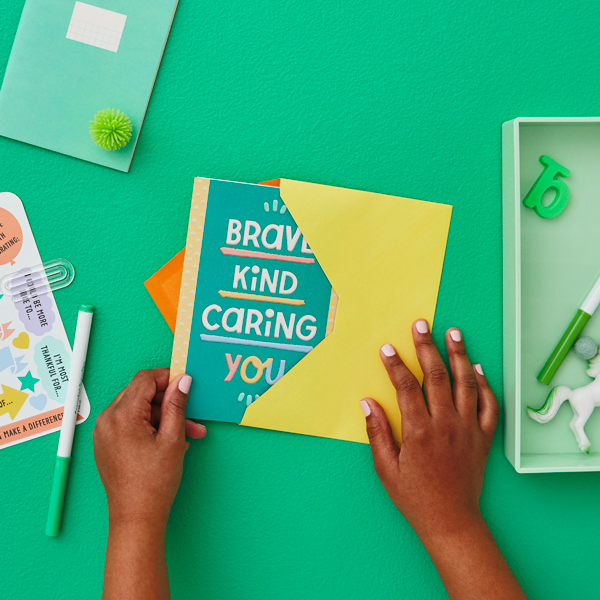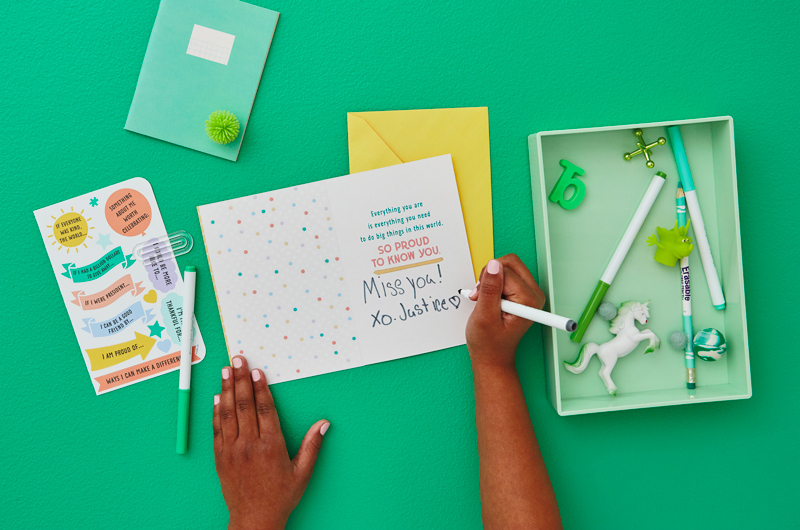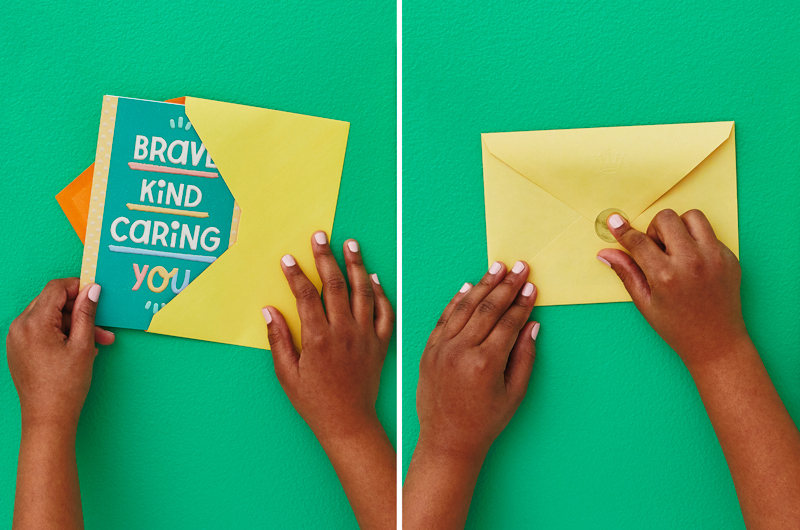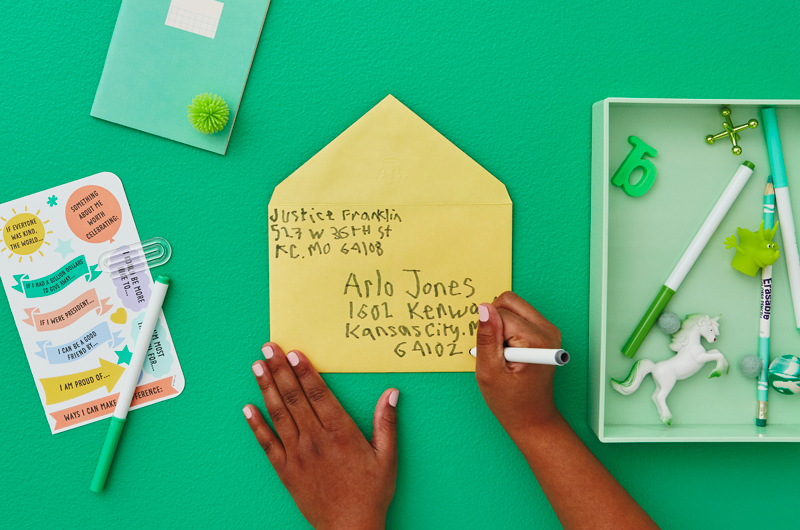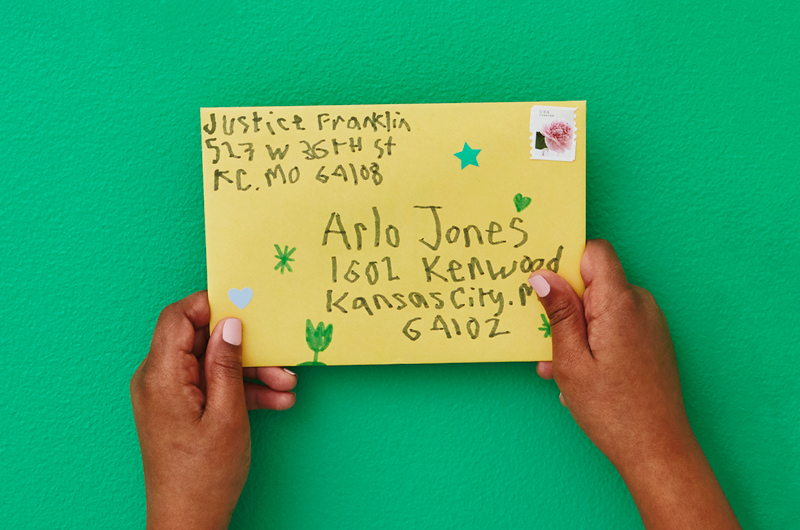I remember rushing to the mailbox after school to see if a pink envelope with Lisa Frank stickers had arrived from my pen pal. I’d love my girls to experience the joy of receiving and sending physical letters to read over and over again and reply to (and to find something other than bills in the mail).
Introducing children to the art of letter writing is a perfect way to help express themselves and spread happiness. But there’s more:
- It’s a great skill for their future endeavours and a fun way to learn handwriting, grammar, spelling and punctuation.
- It gives little ones who struggle with shyness or social skills a way to practice communication without being put on the spot and lets them have time to think through what they’d like to express.
- It’s also a screen-free way to keep in touch and to connect with faraway family—all with the loving touch of hand-drawn illustrations and handwritten signatures.
And it’s a great start to teaching kiddos they have the power to change the world…with a heartfelt message and a stamp!
